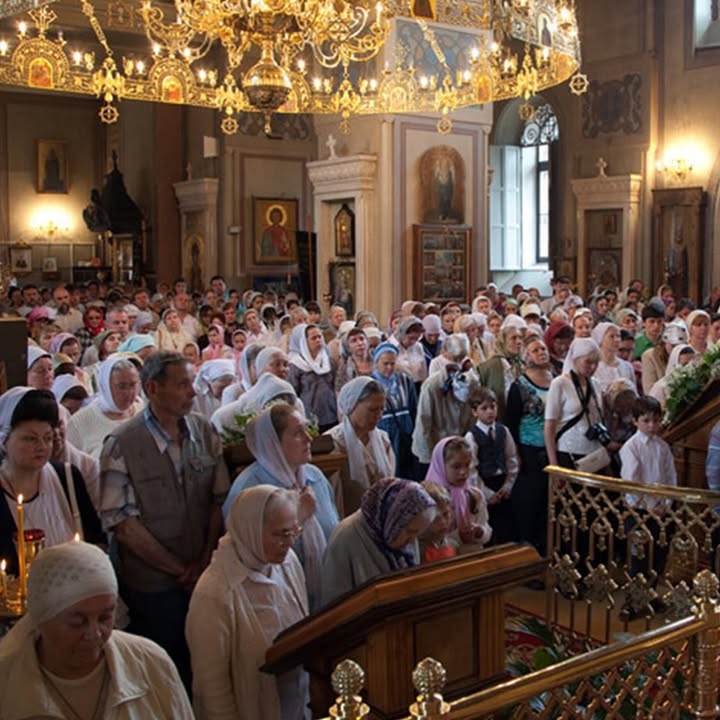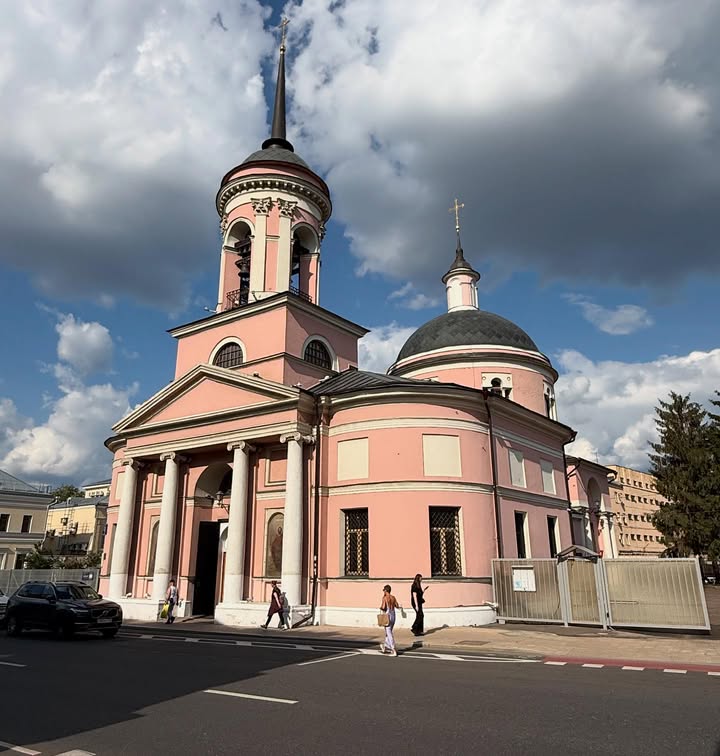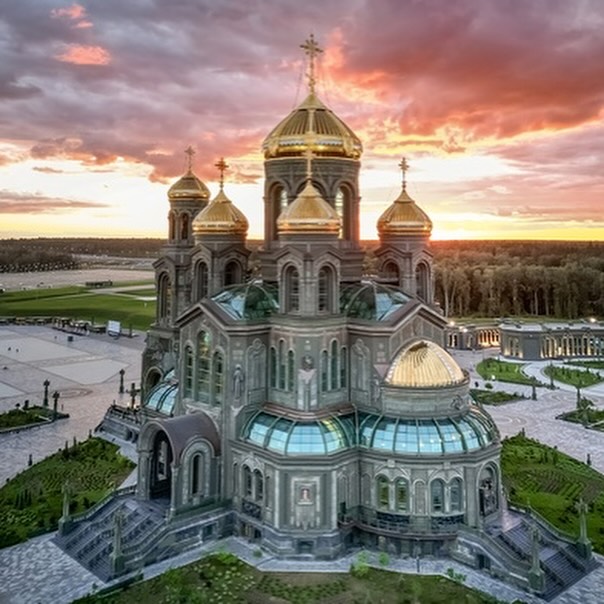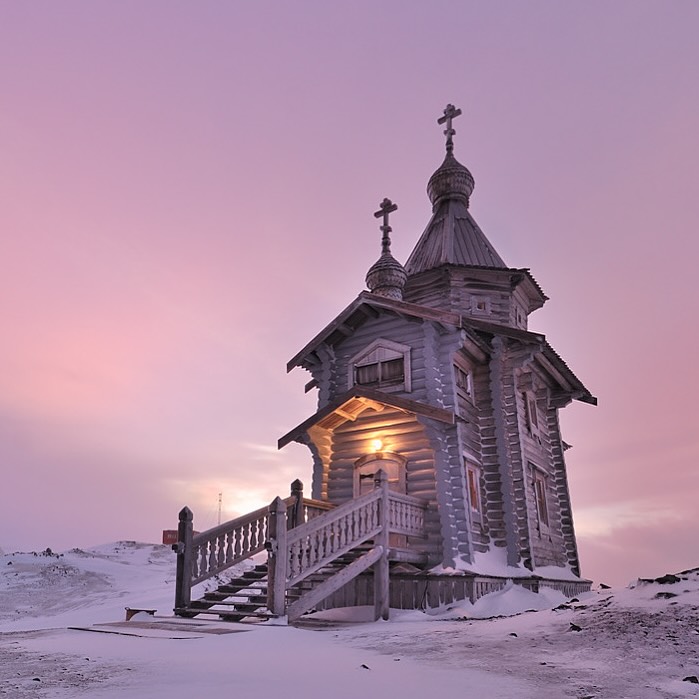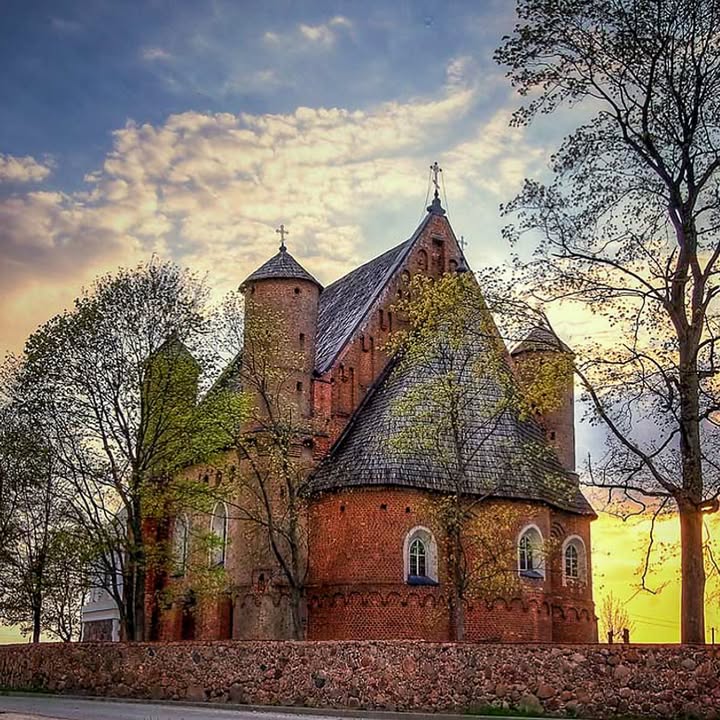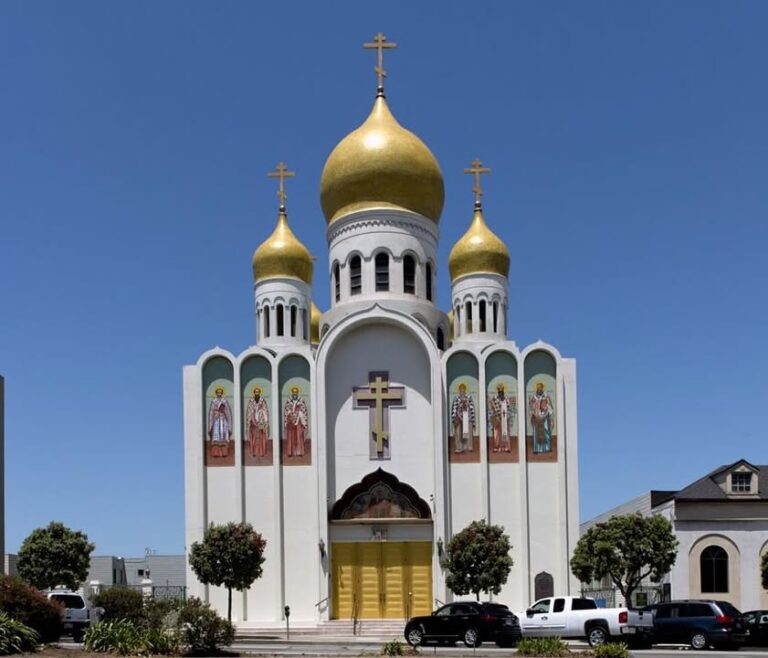Imagine a church so crowded that candles melt from the…
Imagine a church so crowded that candles melt from the heat, and people faint from the lack of air. This isn’t a scene from a novel; it’s a real account from the early 20th century in NYC. Father Alexander Hotovitzky described such conditions:
“Imagine a hierarchical service in this small room, amidst such crowding. Only the unparalleled religious feeling of the Russian Orthodox person could overcome the suffocating heat from the gathering of people ten times beyond the room’s normal capacity. The heat, from which, without exaggeration, wax candles extinguish, bend, and melt; from which not only women but also men faint; and yet, those cramped and constrained in the church are considered fortunate compared to the unlucky ones who arrived later and are forced to wait outside the church building, where only faint sounds of church singing reach.”
This vivid depiction underscores the critical importance of calculating and adhering to a church’s occupancy limits.
In the U.S., building codes typically allocate 7 square feet per person for standing-room-only gatherings in assembly spaces like churches. This calculation isn’t arbitrary; it’s crucial for determining safe occupancy limits. For small chapels and churches, it’s advisable not to exceed 343 square feet (approximately 18×18 feet) to simplify fire safety and planning requirements.
• Buildings with more than 50 occupants often require at least two separate exits to ensure safe egress during emergencies.
• Overcrowding can place undue stress on a building’s structural components, potentially leading to damage or failure.
• Adhering to occupancy limits ensures that congregants have sufficient space, enhancing comfort and accessibility, especially for individuals with disabilities.
• Accurate occupancy calculations inform the necessary number of restrooms, parking spaces, and other amenities, ensuring the facility meets the needs of its congregants.
Calculating occupancy isn’t merely a bureaucratic requirement; it’s a fundamental aspect of creating a safe, comfortable, and welcoming environment for worship.
#ChurchSafety #BuildingCodes #CommunityCare #FaithAndSafety #Molodin #AlexanderMolodin #ArchitectMolodin
